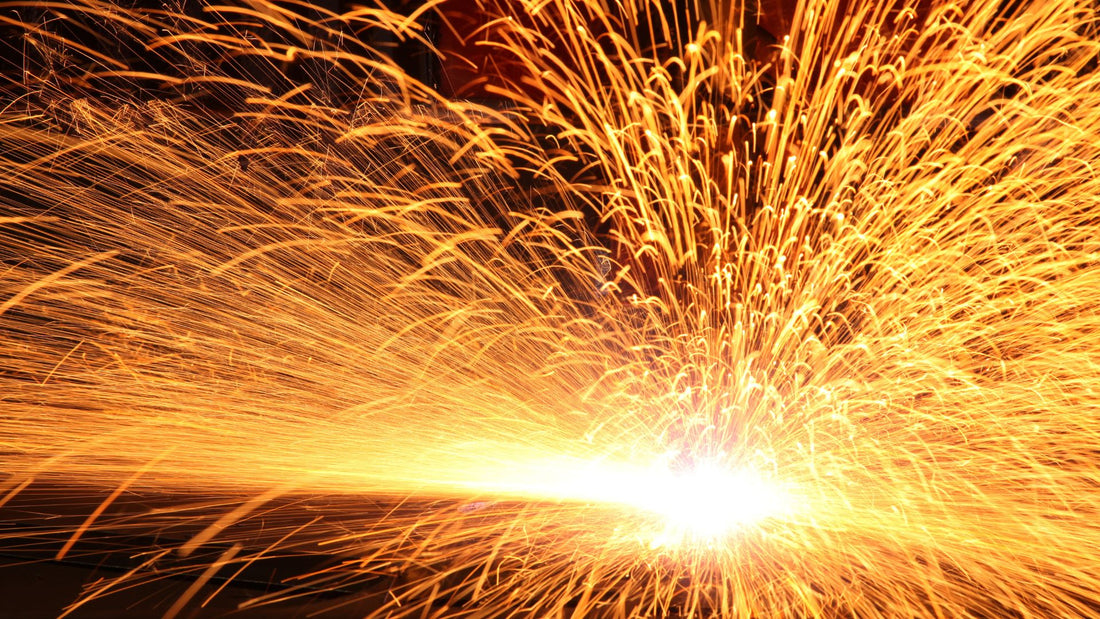Atomic hydrogen welding, also known as AHW, is an arc welding technique that uses an arc which is located between two tungsten electrodes and a hydrogen shielding gas. This welding technique was discovered by Irving Langmuir while he was studying atomic hydrogen. The electric arc that is used breaks up the hydrogen molecules which later recombine and produce an extensive amount of heat that can reach temperatures between 3400 – 4000 degrees Celsius. The ability to reach such high temperatures makes this welding process one of the third hottest flames produced. Compared to an acetylene torch which is only capable of reaching a temperature of 3300 degrees Celsius, atomic hydrogen welding is much hotter than the average welder is used to working with.

The high level of heat that is produced in atomic hydrogen welding is high enough to be able to melt and weld tungsten, which can be the hardest metal to weld. The hydrogen that is used in the welding process acts as a gas shield and protects the metal being welded from contaminants such as carbon, oxygen and nitrogen, which can cause defects in many metals. It also eliminates the need for a welder to use flux. During atomic hydrogen welding, the arc is maintained separate from the parts being welded. Hydrogen gas is normally diatomic, but when allowed to reach such high temperatures it breaks down into its atomic form and absorbs a large amount of heat created by the arc.
When the hydrogen is brought into contact with a colder surface, such as the parts being welded together, it recombines into its diatomic form and quickly releases the heat it had stored. The energy produced in atomic hydrogen welding can be changed fairly easily by adjusting the distance between the arc stream and the pieces being welded. While atomic hydrogen welding is a beneficial form of welding, it is being replaced by shielded metal arc welding primarily because of the inexpensive inert gases that the process uses.
Atomic hydrogen welding is a beneficial welding technique, but due to advances in inert gases its time may be limited. Because of the high levels of heat produced in this welding process, welders need to be even more aware of the dangers they are exposed to. The high levels of heat must be treated with the respect they deserve and all of the proper safety precautions should be followed.
For safety gear or anything welding, check out Bakers Gas and find what you need!




